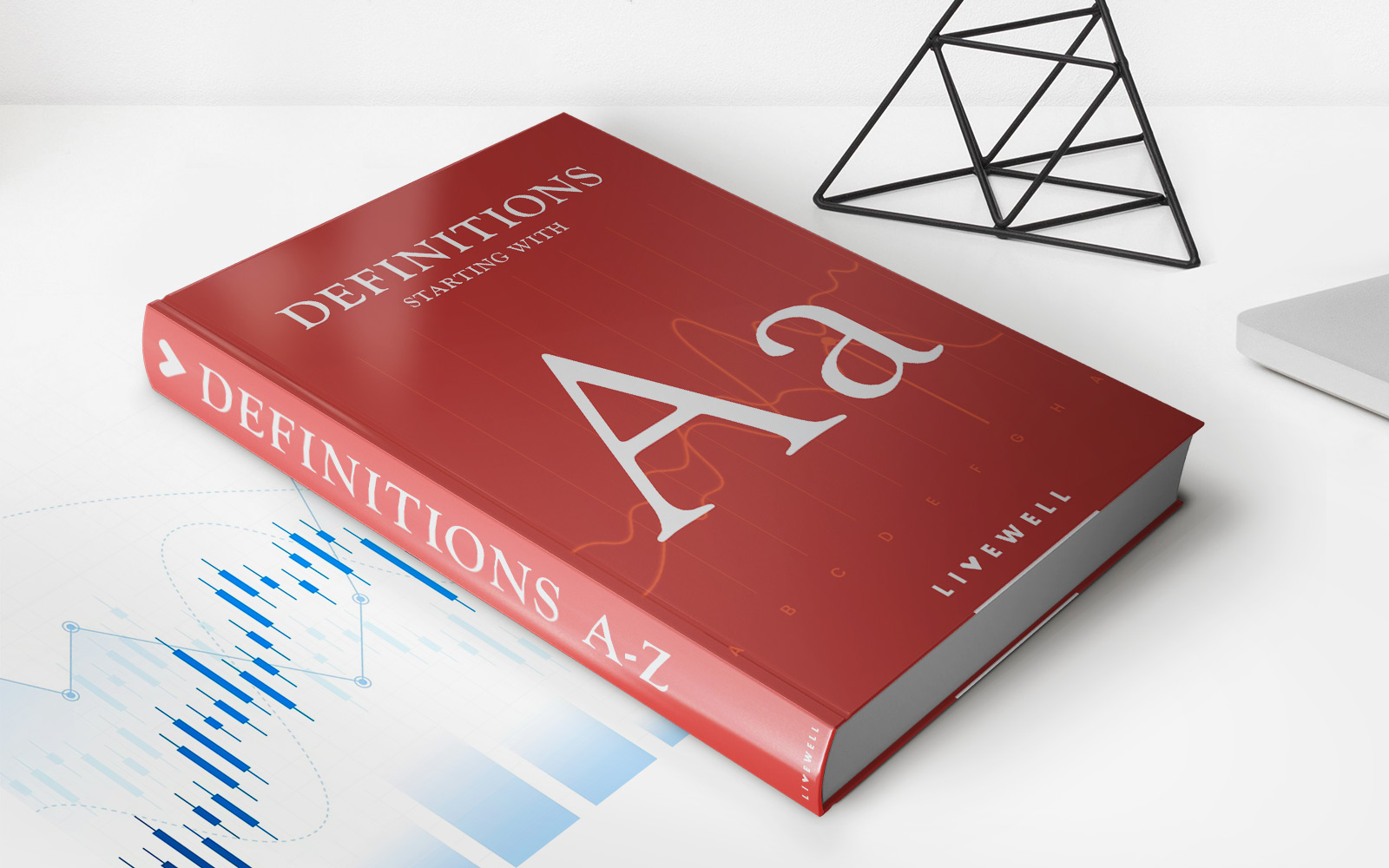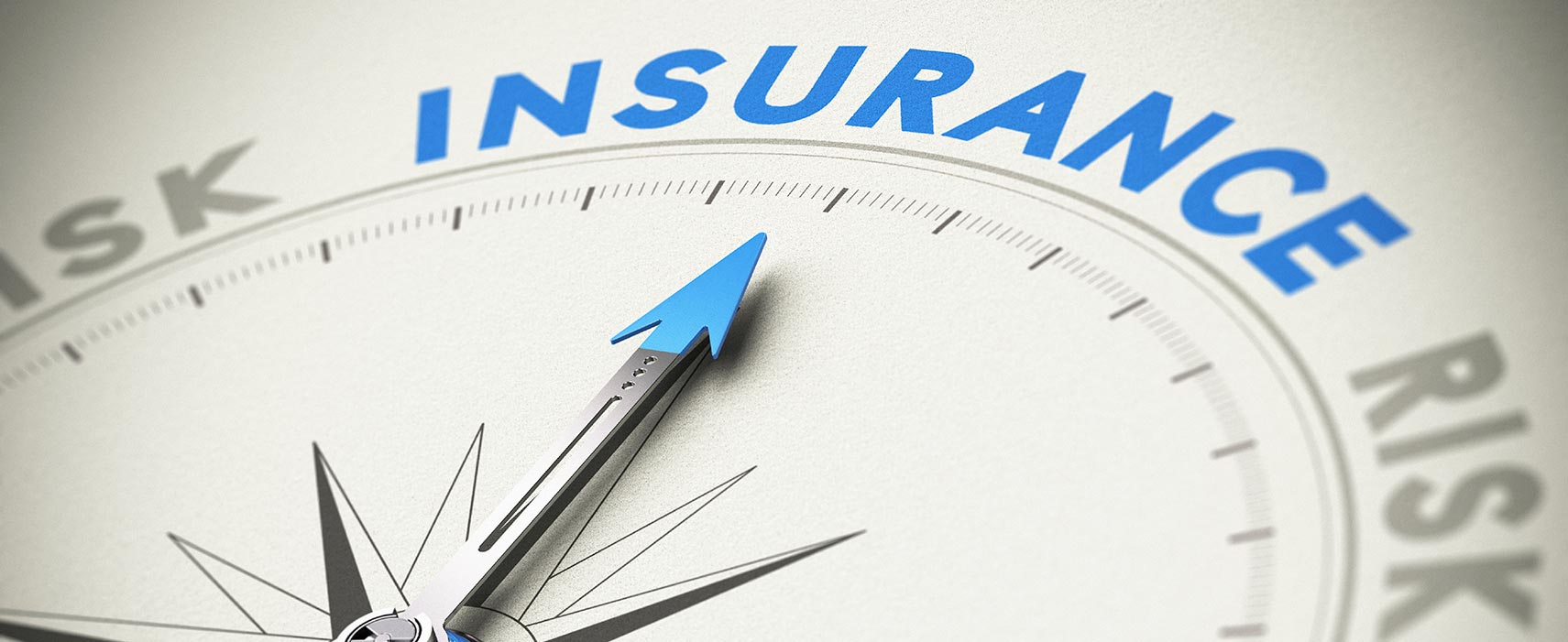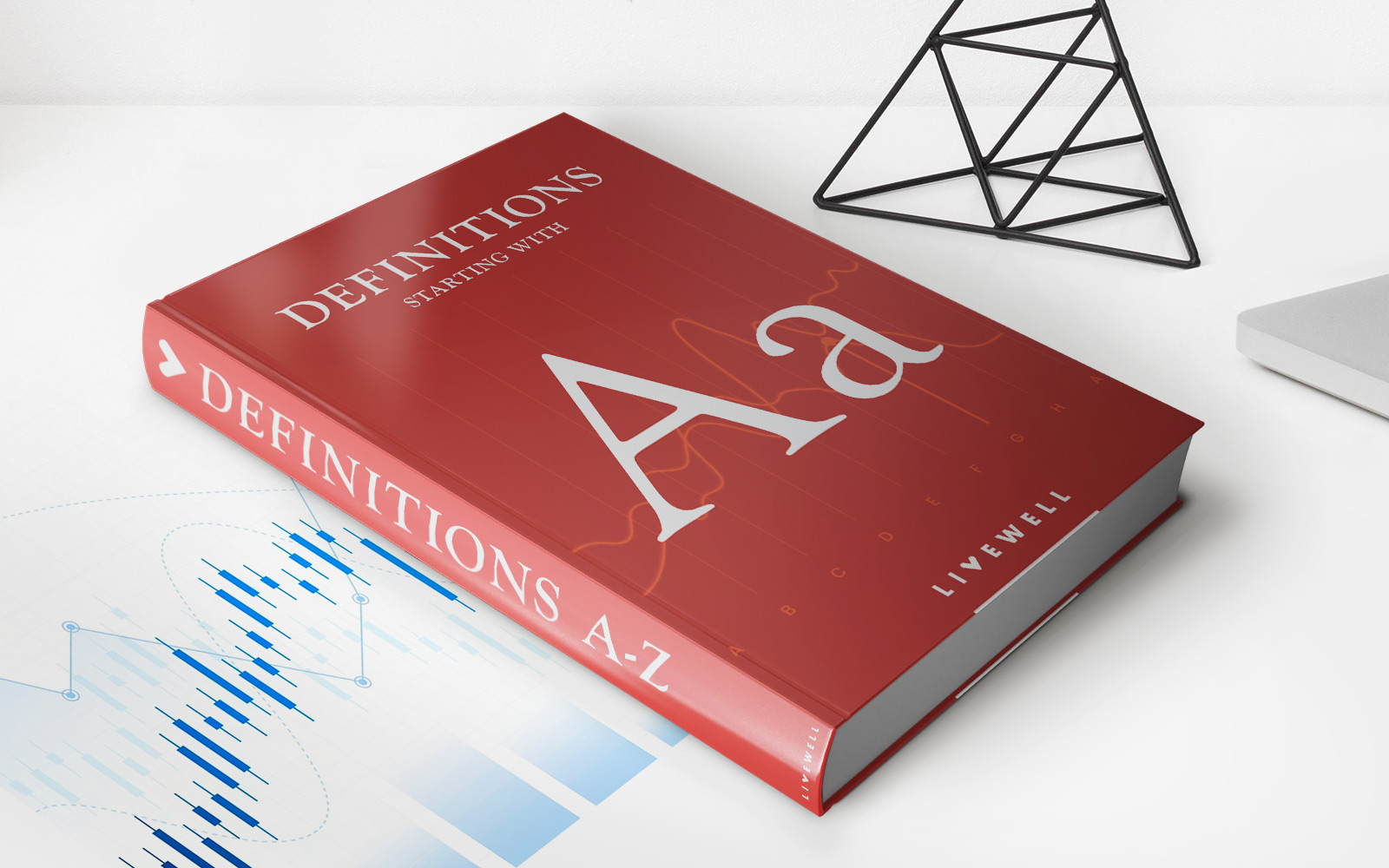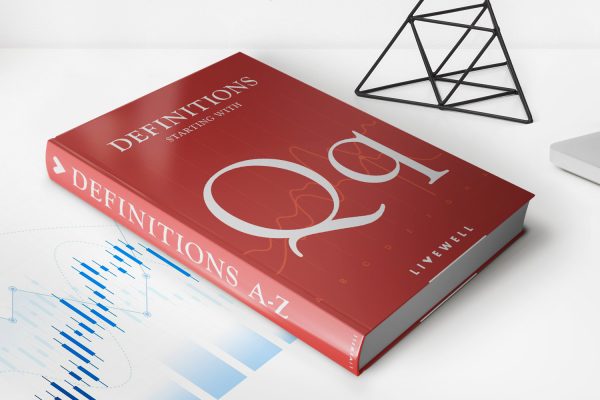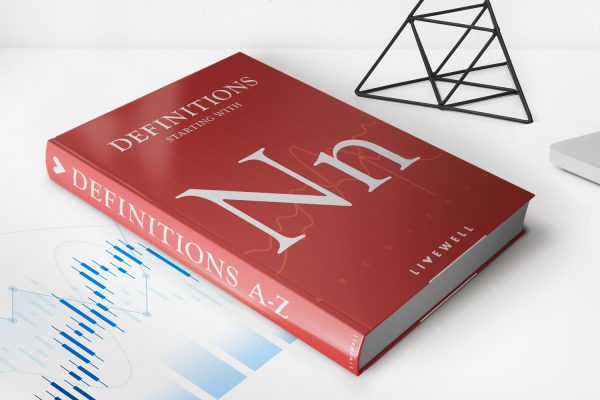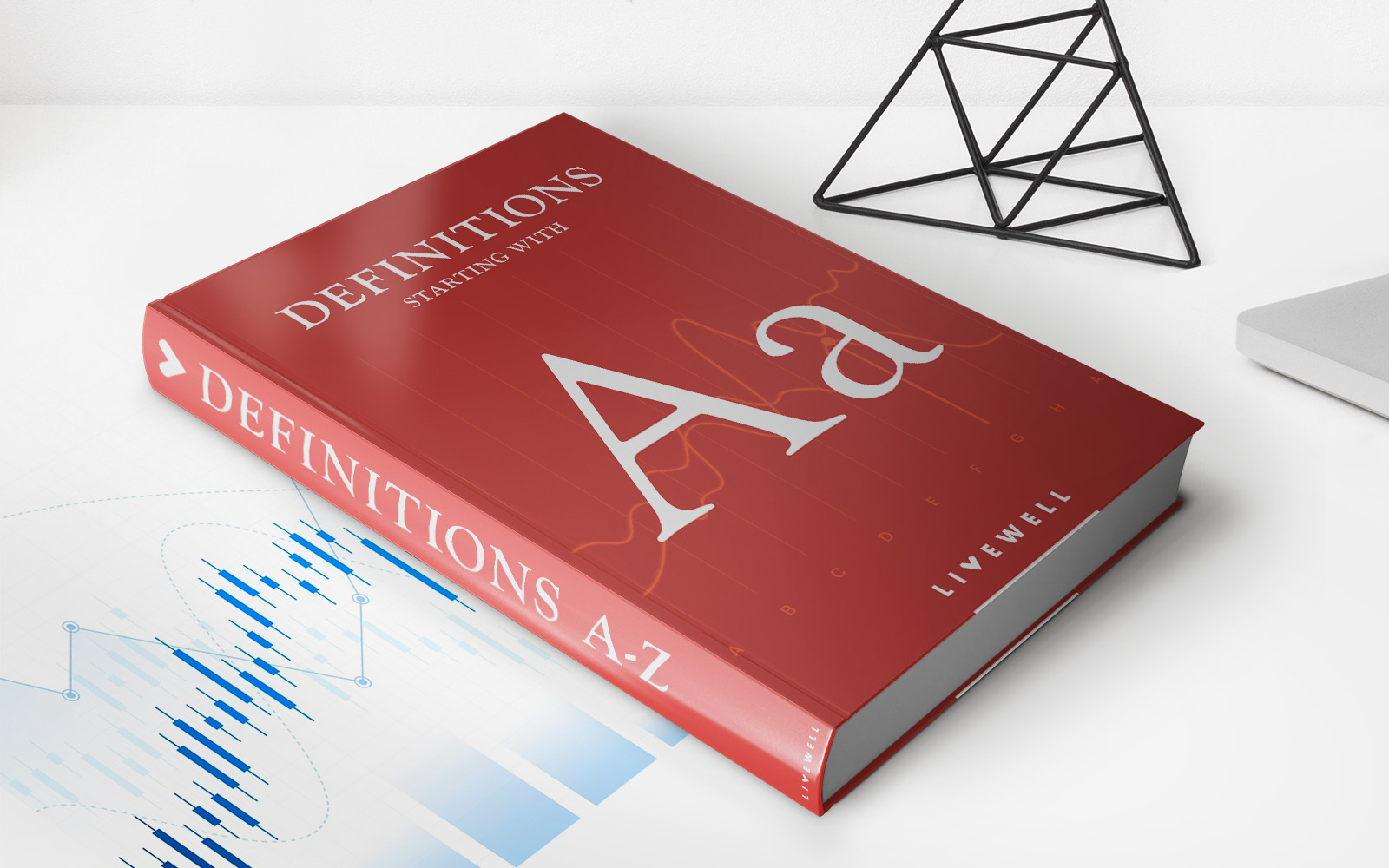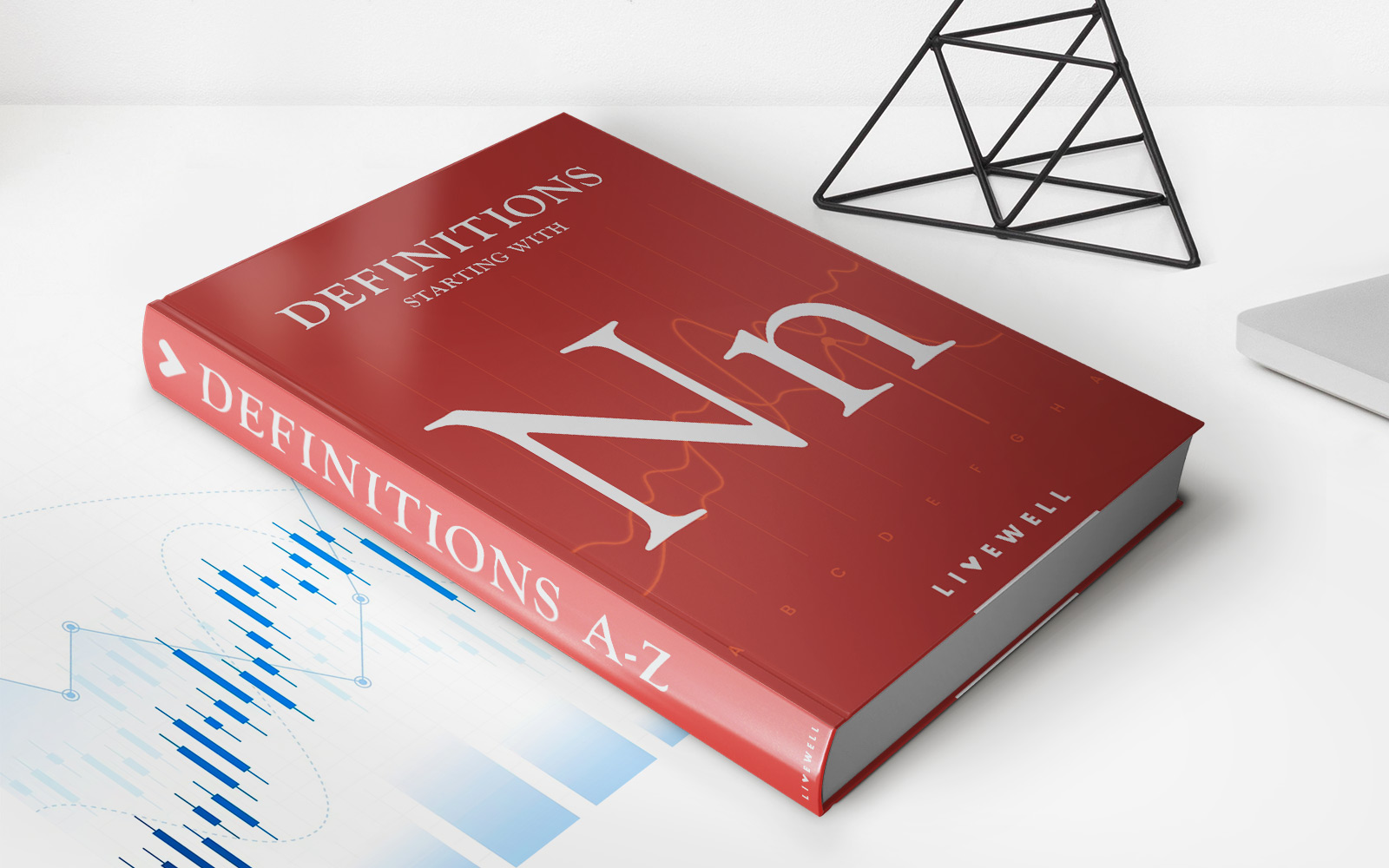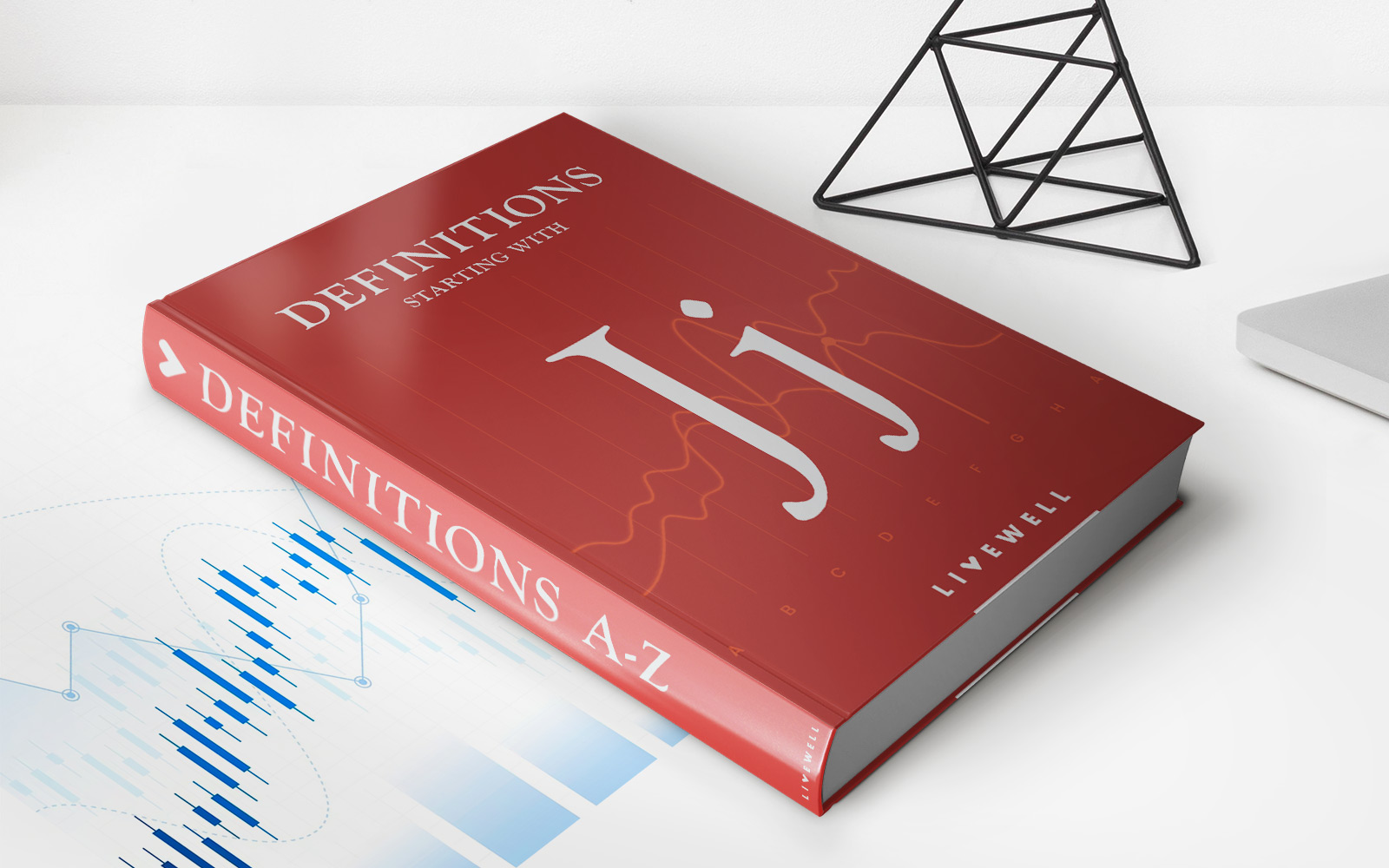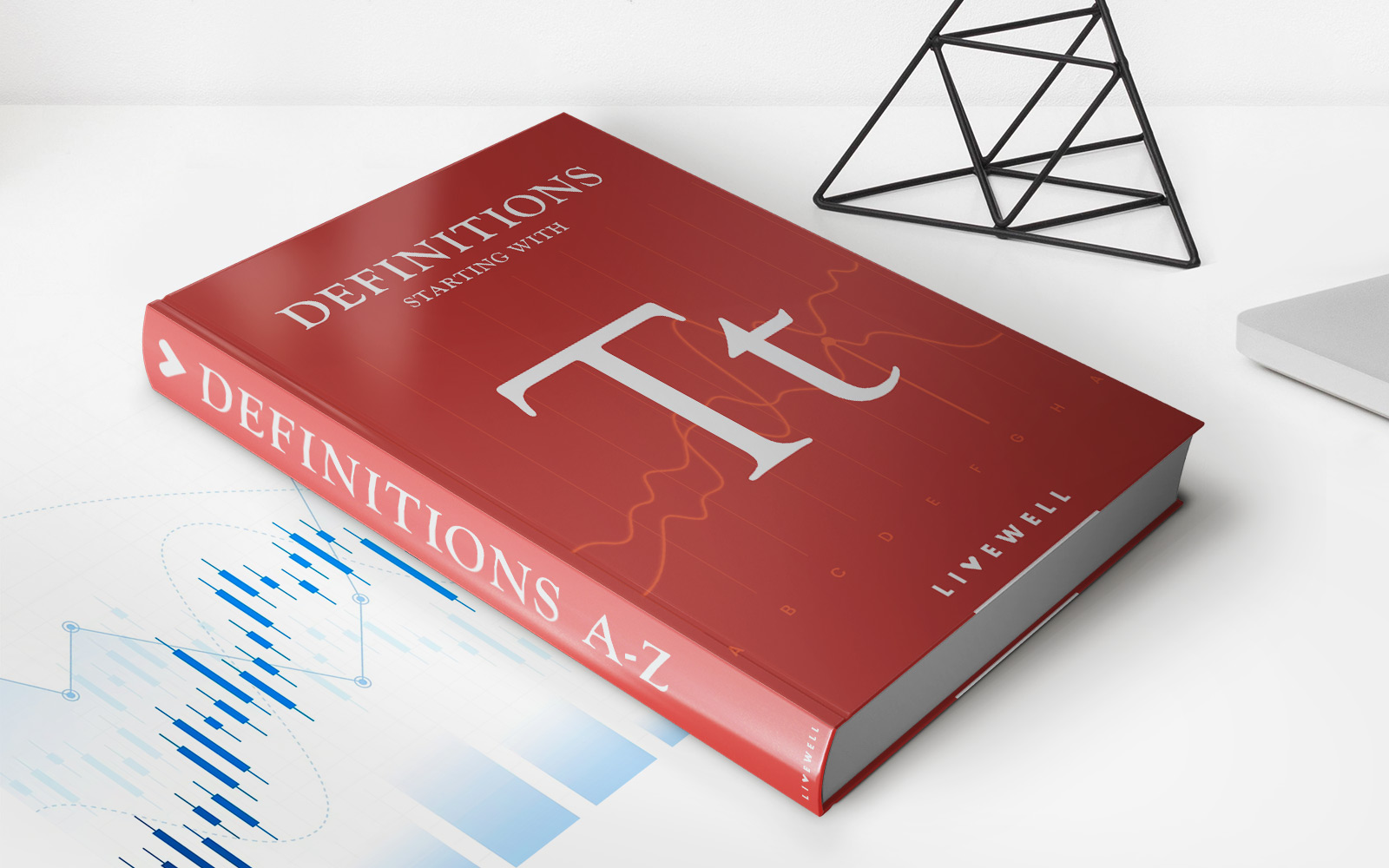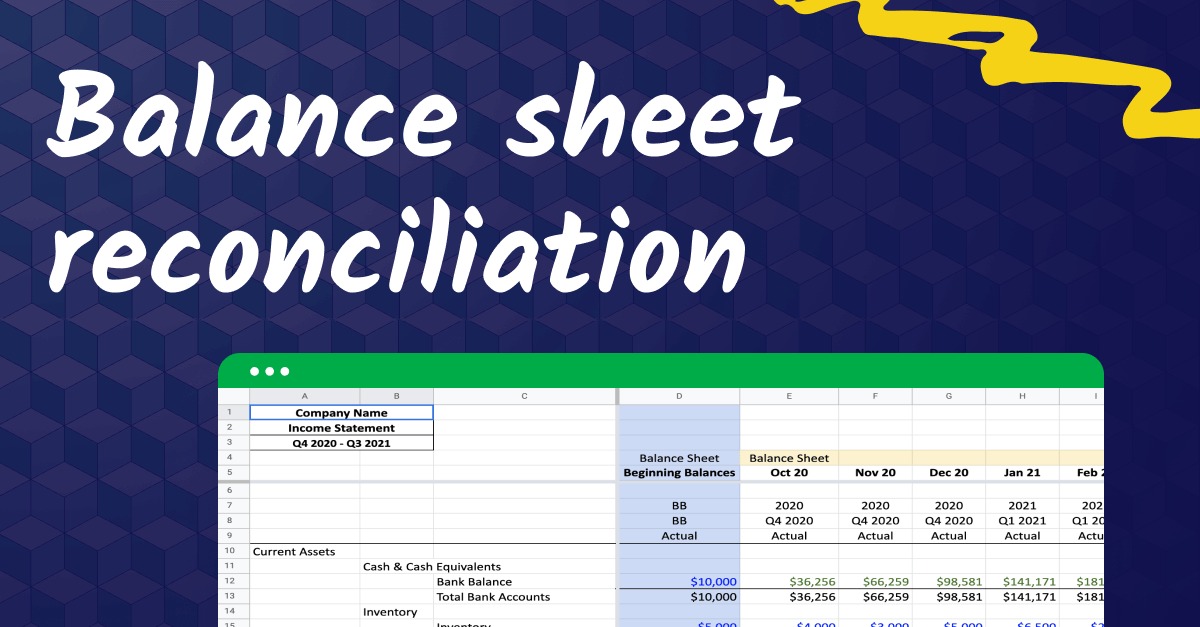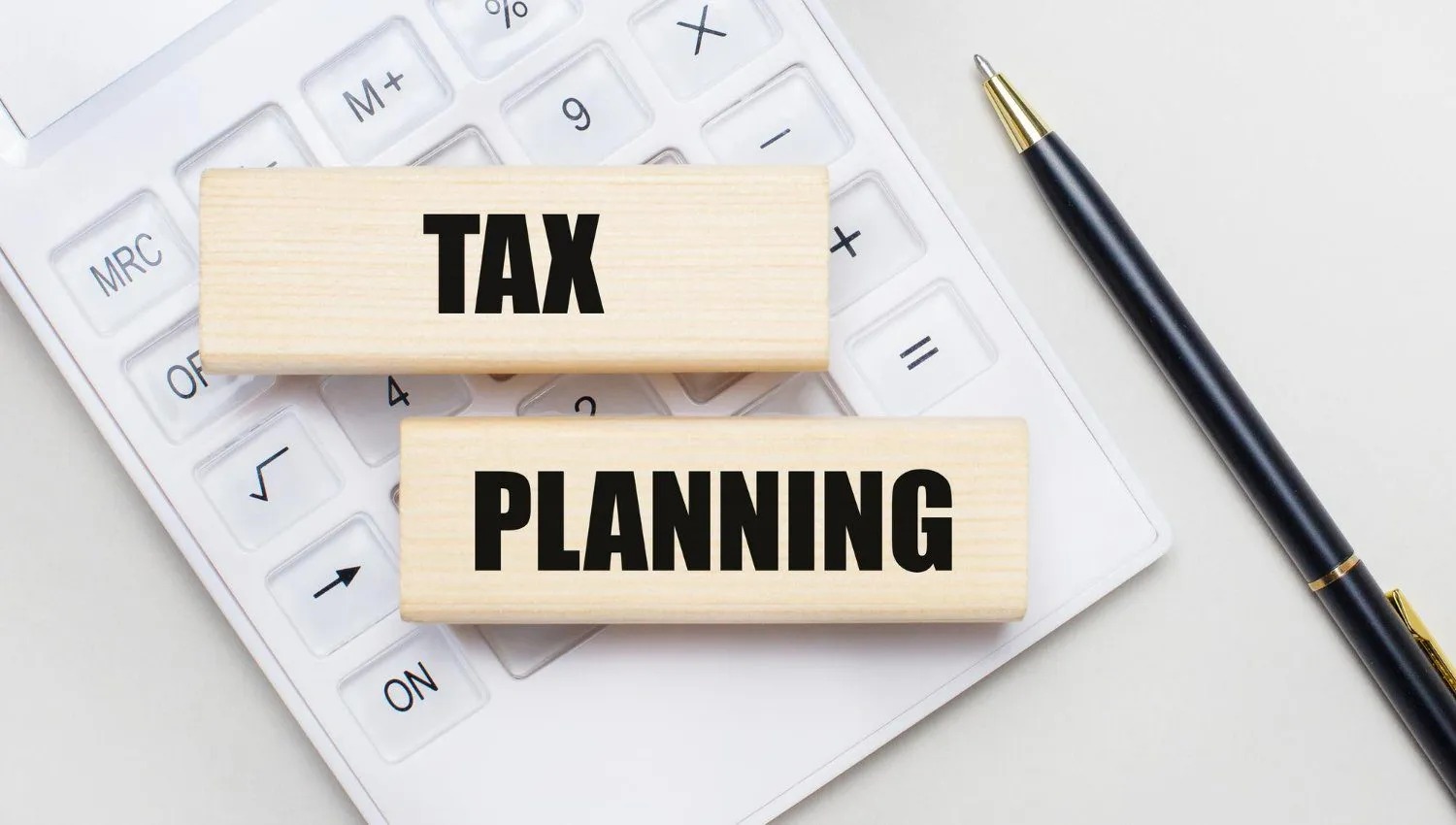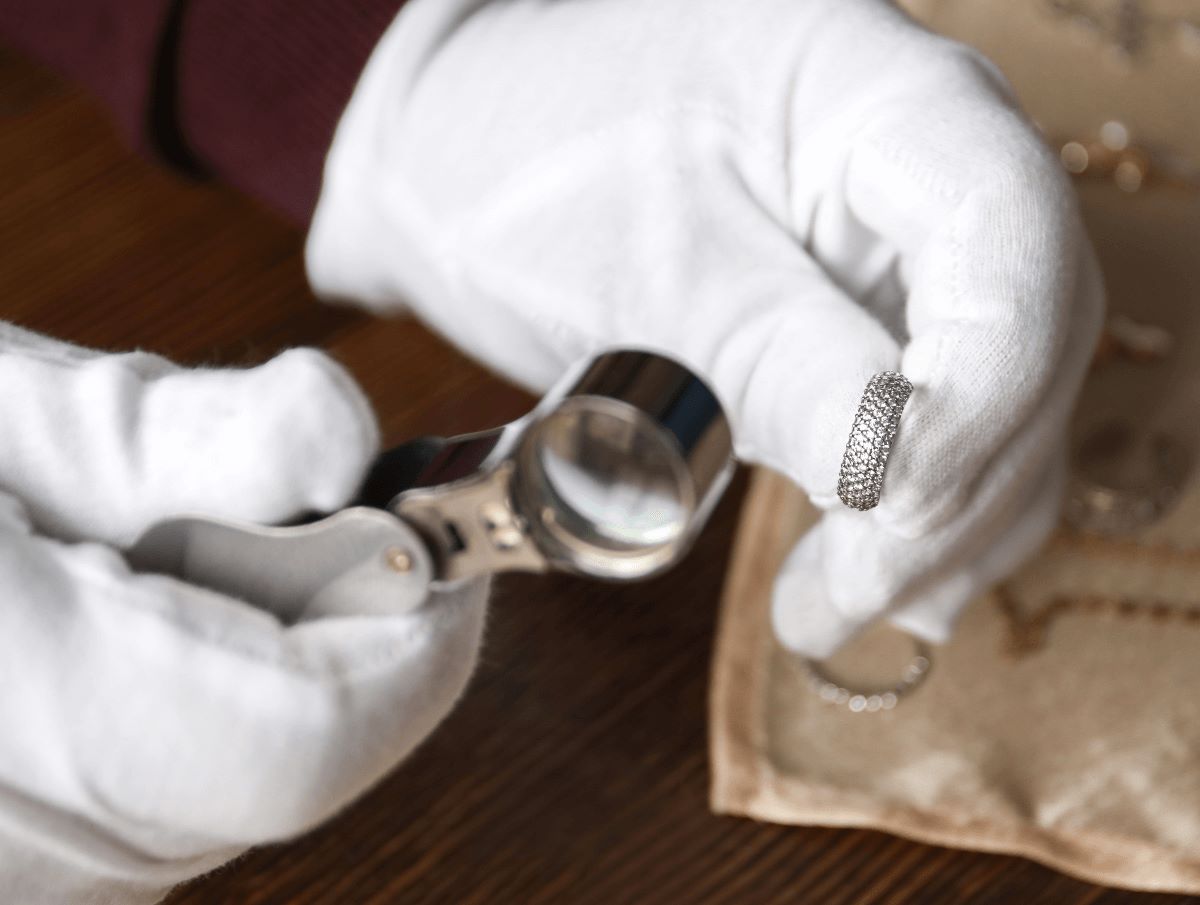

Finance
How To Get Jewelry Appraised For Insurance
Modified: February 21, 2024
Get your jewelry appraised for insurance coverage with our expert finance services. Protect your valuable possessions with accurate and reliable appraisals.
(Many of the links in this article redirect to a specific reviewed product. Your purchase of these products through affiliate links helps to generate commission for LiveWell, at no extra cost. Learn more)
Table of Contents
- Introduction
- Step 1: Understanding the Importance of Jewelry Appraisals
- Step 2: Finding a Qualified Appraiser
- Step 3: Preparing Your Jewelry for the Appraisal
- Step 4: The Appraisal Process
- Step 5: Determining the Value for Insurance Purposes
- Step 6: Choosing the Right Insurance Policy
- Step 7: Updating Your Jewelry Appraisals
- Conclusion
Introduction
When it comes to our most treasured possessions, jewelry often ranks high on the list. Whether it’s an heirloom piece passed down through generations or a unique piece that holds sentimental value, protecting these valuable items is essential. One way to safeguard your jewelry is by getting it appraised for insurance purposes.
Getting your jewelry appraised not only helps determine its current value, but it also plays a vital role in ensuring that you have the right insurance coverage in case of loss, theft, or damage. An accurate appraisal provides the documentation necessary for insurance companies to adequately reimburse you for your jewelry’s worth.
Although the appraisal process may seem daunting at first, this comprehensive guide will walk you through the necessary steps to get your jewelry appraised for insurance. From finding a qualified appraiser to understanding the appraisal process and choosing the right insurance policy, we will cover all the essential aspects to help you protect your precious jewelry.
Whether you own diamond rings, precious gemstone necklaces, or antique earrings, understanding the value of your jewelry collection is of utmost importance. With this guide, you’ll gain the knowledge and confidence to navigate the appraisal process and protect your investments.
So, let’s jump right in and explore how to get your jewelry appraised for insurance with ease and efficiency.
Step 1: Understanding the Importance of Jewelry Appraisals
Before diving into the jewelry appraisal process, it’s crucial to understand why having your jewelry appraised is so important, especially when it comes to insurance.
The primary purpose of a jewelry appraisal is to determine the value of your precious pieces accurately. This value calculation takes into account various factors such as the metal’s purity, the quality and size of gemstones, craftsmanship, and the overall condition of the jewelry item.
Here are some key reasons why jewelry appraisals are vital:
- Insurance Coverage: Appraisals provide the necessary documentation to ensure that your jewelry is adequately covered by insurance. In the event of loss, theft, or damage, the appraisal serves as proof of value, facilitating a smoother and faster claims process.
- Proof of Ownership: A detailed jewelry appraisal includes information about the item’s characteristics and unique identifying features. It acts as proof of ownership, which can be valuable when resolving disputes or during legal proceedings.
- Resale or Estate Planning: If you plan to sell your jewelry or include it in your estate, an updated appraisal is crucial. It reflects the current market value of your items, ensuring that you receive fair compensation or proper distribution to heirs.
- Damage Assessment: An appraisal can help assess the extent of damage to your jewelry and determine the cost of repairs. This information is valuable when making decisions about whether to repair, replace, or make an insurance claim.
- Purchasing or Upgrading Insurance: If you recently acquired a new piece of jewelry or want to update your insurance coverage, an appraisal provides the necessary information for insurance companies to determine the appropriate coverage and premium amounts.
By understanding these crucial reasons, you can see the importance of having your jewelry appraised and the peace of mind it brings. Next, we’ll explore how to find a qualified appraiser to ensure accurate and reliable evaluations of your jewelry pieces.
Step 2: Finding a Qualified Appraiser
When it comes to getting your jewelry appraised, finding a qualified and reputable appraiser is essential. An experienced appraiser will provide accurate and reliable evaluations, ensuring that your jewelry is valued correctly. Here are some steps to help you find a qualified appraiser:
- Research and Recommendations: Start by researching reputable appraisers in your area. Look for professionals who specialize in jewelry and have extensive experience in the field. Ask for recommendations from friends, family, or jewelers you trust.
- Credentials and Certifications: Look for appraisers who have undergone formal education and training in gemology, appraisal theory, and jewelry valuation. Membership in professional organizations such as the Gemological Institute of America (GIA) or the American Society of Appraisers (ASA) is also a good indicator of their expertise.
- Check for Accreditation: Ensure that the appraiser you choose is accredited by a recognized organization. Accreditation ensures that the appraiser follows ethical guidelines and adheres to industry standards. Look for accreditations such as the International Society of Appraisers (ISA) or the Appraisers Association of America (AAA).
- Verify Experience: Inquire about the appraiser’s experience, especially in evaluating the type of jewelry you own. Ask about their years of experience, types of appraisals they specialize in, and any additional training or expertise they may have.
- Ask for Sample Appraisals: Request sample appraisals from the appraiser to get an idea of their style and thoroughness. Look for detailed descriptions, clear photographs, and comprehensive valuation methodologies. This will give you an understanding of their professionalism and attention to detail.
- Get Cost Estimates: Inquire about the appraiser’s fees and how they charge for their services. Some appraisers charge an hourly rate, while others may have a flat fee per item. Ensure that you understand the cost structure before proceeding.
- Check Reviews and Reputation: Look for online reviews or testimonials from previous clients. This can give you insights into the appraiser’s reputation and the quality of their work.
By following these steps and conducting thorough research, you can find a qualified jewelry appraiser who meets your requirements. A reliable appraiser will provide you with accurate and trustworthy evaluations of your jewelry, giving you confidence in the appraisal process. In the next step, we will discuss how to prepare your jewelry for the appraisal.
Step 3: Preparing Your Jewelry for the Appraisal
Before taking your jewelry to the appraiser, it’s important to properly prepare your pieces. Preparing your jewelry ensures a smooth and efficient appraisal process. Here are some essential steps to follow:
- Clean Your Jewelry: Thoroughly clean your jewelry to remove any dirt, oils, or grime. Use a soft cloth and mild jewelry cleaning solution to gently clean the surfaces. Clean jewelry allows the appraiser to assess the gemstones and metal accurately.
- Document Any Damage: Take note of any existing damage or wear on your jewelry. This includes scratches, loose stones, or bent prongs. Documenting such issues will help the appraiser assess the necessary repairs or adjustments needed.
- Gather Certificates and Documentation: Collect any certificates, receipts, or previous appraisals that you have for your jewelry. These documents provide valuable information about the origin, quality, or previous valuations of the pieces.
- Take Photographs: Capture clear and detailed photographs of your jewelry from different angles. This documentation will serve as a visual reference for the appraiser and can be helpful for insurance claims or if you need to identify your jewelry in the future.
- Bring Original Packaging: If you have the original boxes, pouches, or certificates for your jewelry, bring them along. Original packaging can add value and authenticity to your jewelry, especially when it comes to branded pieces.
- Make a List of Questions: Prepare a list of questions or concerns you have about your jewelry. This can include inquiries about the specific gemstones, metal purity, or any other information you want to discuss with the appraiser.
By following these steps, you can ensure that your jewelry is in the best possible condition for the appraisal. Properly preparing your pieces allows the appraiser to assess their true value and address any concerns you may have. In the next step, we will delve into the appraisal process itself.
Step 4: The Appraisal Process
Once you have found a qualified appraiser and prepared your jewelry, it’s time to understand the appraisal process itself. The appraisal process typically involves several key steps:
- Evaluation: The appraiser will carefully examine your jewelry, taking into account factors such as the type of metal, gemstone quality, craftsmanship, and any additional features. They may use specialized tools, such as magnifiers or gemological equipment, to assess the characteristics of each piece.
- Measurements and Weights: The appraiser will measure and record the precise dimensions and weights of your jewelry components. This includes gemstone measurements, carat weight, metal weight, and any other relevant measurements.
- Identification: If your jewelry contains gemstones, the appraiser will identify and assess each gemstone’s quality, color, clarity, and cut. They may use gemological testing equipment or send the stones to a gemological laboratory for grading and certification.
- Photography: The appraiser will take detailed photographs of your jewelry from various angles. These photographs serve as visual documentation and are included in the appraisal report.
- Research and Market Analysis: The appraiser will conduct research to determine the current market value of your jewelry. They analyze market trends, comparable sales, and other relevant factors to establish an accurate valuation.
- Appraisal Report: Once the evaluation and research are complete, the appraiser will provide you with a comprehensive appraisal report. This report includes detailed information about your jewelry, including descriptions, measurements, gemstone assessments, market value, and any other relevant details.
- Explanation and Discussion: The appraiser will review the appraisal report with you, explaining the methods used, the valuation process, and answering any questions you may have. This discussion ensures that you fully understand the appraisal and its implications.
The appraisal process is critical in determining the value and condition of your jewelry. It provides you with an accurate assessment of your pieces and serves as essential documentation for insurance purposes. It’s important to choose a trusted appraiser who follows professional standards and provides a detailed appraisal report.
With the appraisal process complete, we move on to the next step: determining the value of your jewelry for insurance purposes.
Step 5: Determining the Value for Insurance Purposes
Once you have the appraisal report in hand, it’s time to determine the value of your jewelry for insurance purposes. The appraised value is the maximum amount that an insurance company will reimburse you in the event of loss, theft, or damage. Here are some key factors to consider when establishing the value for insurance:
- Market Value: The appraised value is typically based on the current market value of your jewelry. This is the price that a willing buyer would pay for a similar item in the current market. The appraiser takes into account market trends, demand, and comparable sales data to determine this value.
- Replacement Cost: In addition to market value, the appraised value may also consider the replacement cost of your jewelry. The replacement cost refers to the amount it would take to replace your jewelry with a similar item of equal quality and kind. This amount may be higher than the market value due to factors such as rarity or customization.
- Inflation and Market Fluctuations: Keep in mind that the value of your jewelry may change over time due to inflation or market fluctuations. It’s essential to review and update your appraisals periodically to ensure that your insurance coverage reflects the current value of your pieces.
- Specialty or Unique Features: If your jewelry has special or unique features that make it more valuable, such as designer branding, historical significance, or rare gemstones, these factors should be considered when determining the value for insurance purposes.
- Multiple Appraisals: If you own a collection of valuable jewelry, it’s advisable to get separate appraisals for each piece. This allows you to have individual coverage and ensures that each item is accurately valued.
- Agreed Value Policies: Some insurance companies offer agreed value policies, where you and the insurer agree upon a specific value for your jewelry. This agreed-upon value can be higher or lower than the appraised value, depending on your agreement. Agreed value policies provide more certainty in terms of reimbursement in the event of a claim.
- Appraisal Updates: As mentioned earlier, it’s important to regularly update your appraisals to reflect any changes in the value or condition of your jewelry. This ensures that you have adequate coverage and can accurately claim for reimbursement.
By considering these factors and working with your insurance provider, you can determine the appropriate value for your jewelry and ensure that you have the right level of coverage. Next, we will discuss how to choose the right insurance policy to protect your valuable jewelry.
Step 6: Choosing the Right Insurance Policy
Now that you have determined the value of your jewelry for insurance purposes, it’s crucial to choose the right insurance policy to protect your valuable pieces. Here are some factors to consider when selecting an insurance policy:
- Type of Coverage: There are different types of insurance coverage available for jewelry, including standalone policies or adding a jewelry rider to your existing homeowner’s or renter’s insurance. Evaluate your options and choose the type of coverage that best suits your needs.
- Coverage Limit: Ensure that the policy offers a coverage limit that aligns with the value of your jewelry. Consider any potential future acquisitions or upgrades to make sure you have adequate coverage for all your valuable pieces.
- Deductible: Understand the deductible amount that you will be responsible for in the event of a claim. Find a policy with a deductible that you are comfortable with and can afford to pay if necessary.
- Policy Inclusions and Exclusions: Read and understand the policy’s inclusions and exclusions. Ensure that the coverage extends to various risks, such as theft, loss, accidental damage, or even mysterious disappearance.
- Claims Process: Evaluate the insurance company’s reputation and customer reviews regarding their claims process. Look for a company that has a straightforward and efficient claims process, ensuring a smooth experience if you ever need to make a claim.
- Appraisal Requirements: Check if the insurance company has specific requirements for jewelry appraisals. Ensure that your chosen appraiser meets their criteria and that your appraisal report meets their documentation standards.
- Policy Premiums: Consider the premium amount you will need to pay for the insurance coverage. While it’s important to find a policy within your budget, remember that lower premiums may come with higher deductibles or limited coverage.
- Reviewing and Updating Coverage: Regularly review and update your insurance coverage as the value of your jewelry may change. Inform your insurer about any significant acquisitions, upgrades, or changes to ensure that you have continuous adequate coverage.
By carefully considering these factors and comparing different insurance policies, you can choose the right coverage to protect your valuable jewelry. Be sure to read the policy documents thoroughly and ask any questions you may have before finalizing your decision.
With the insurance policy in place, let’s move on to the final step: updating your jewelry appraisals regularly.
Step 7: Updating Your Jewelry Appraisals
Once you have obtained insurance coverage for your valuable jewelry, it’s important to keep your appraisals updated. Updating your jewelry appraisals regularly ensures that your coverage accurately reflects the current value of your pieces. Here’s why updating your appraisals is crucial:
- Market Value Changes: The value of jewelry can fluctuate over time due to changes in market trends, supply and demand, or economic factors. Regularly updating your appraisals helps ensure that your coverage aligns with the current market value of your jewelry.
- Changes in Jewelry’s Condition: Wear and tear, damage, or repairs can impact the value of your jewelry. By updating appraisals, you can document any changes in the condition of your pieces and make adjustments to your coverage accordingly.
- Additional Acquisitions or Upgrades: If you acquire new jewelry or upgrade existing pieces, it’s essential to get them appraised and add them to your insurance policy. This ensures that new acquisitions or upgraded items are adequately covered.
- Insurance Requirements: Some insurance companies may require updated appraisals at set intervals. Failure to comply with these requirements can lead to potential complications during the claims process. Stay informed about your policy’s appraisal update policy and adhere to the guidelines.
- Estate Planning and Legal Proceedings: If you include jewelry in your estate planning or encounter legal proceedings, having updated appraisals provides accurate documentation for the distribution or valuation of your jewelry.
- Piece Identification: An updated appraisal helps identify your jewelry in case of loss, theft, or accidental mixing up of items. The detailed description and photographs can aid in the recovery or resolution process.
- Peace of Mind: Keeping your jewelry appraisals up to date provides peace of mind, knowing that your valuable possessions are adequately protected and that you can receive appropriate reimbursement in case of unforeseen events.
Schedule periodic evaluations with your appraiser to update the appraisals for your jewelry. This can be done every few years or whenever you make significant changes to your collection. Stay proactive in maintaining accurate records of your jewelry’s value.
By following these steps and regularly updating your jewelry appraisals, you can ensure that your coverage remains current, providing you with the necessary protection and peace of mind.
With these steps completed, you have successfully navigated the process of getting your jewelry appraised for insurance. By understanding the importance of jewelry appraisals, finding a qualified appraiser, preparing your jewelry, going through the appraisal process, determining the value for insurance, choosing the right policy, and updating your appraisals, your valuable jewelry is now well-protected. Remember to review your coverage periodically and make adjustments as needed. Enjoy the peace of mind that comes with knowing your beloved jewelry is safe and adequately insured.
Conclusion
Appraising your jewelry for insurance purposes is a crucial step in protecting your valuable and treasured pieces. By understanding the importance of jewelry appraisals, finding a qualified appraiser, preparing your jewelry, going through the appraisal process, determining the value for insurance, choosing the right policy, and updating your appraisals, you have taken the necessary steps to safeguard your jewelry investment.
Getting your jewelry appraised ensures that you have accurate documentation for insurance coverage, proof of ownership, and a fair valuation in case of loss, theft, or damage. It also helps you make informed decisions regarding repairs, selling, or estate planning.
Remember to research and choose a reputable and knowledgeable appraiser who follows industry standards and has the necessary credentials. Properly prepare your jewelry by cleaning it, documenting any existing damage, and gathering supporting documents. Understand the appraisal process, including evaluation, measurements, identification, research, and the creation of a detailed appraisal report.
Determining the value for insurance involves considering market value, replacement cost, and any special features of your jewelry. Choose the right insurance policy that offers adequate coverage and fits your needs, considering factors such as coverage limit, deductible, claims process, and appraisal requirements. Regularly update your appraisals to reflect changes in value or condition.
By following these steps, you can ensure that your valuable jewelry is protected and that you have the necessary documentation and coverage in place. Appraising your jewelry for insurance not only provides you with the peace of mind but also safeguards your investment for generations to come.
So, take the time to get your jewelry appraised and secure the protection it deserves. With accurate appraisals and the right insurance coverage, you can enjoy your jewelry with confidence, knowing that it is well-protected against any unforeseen circumstances.


